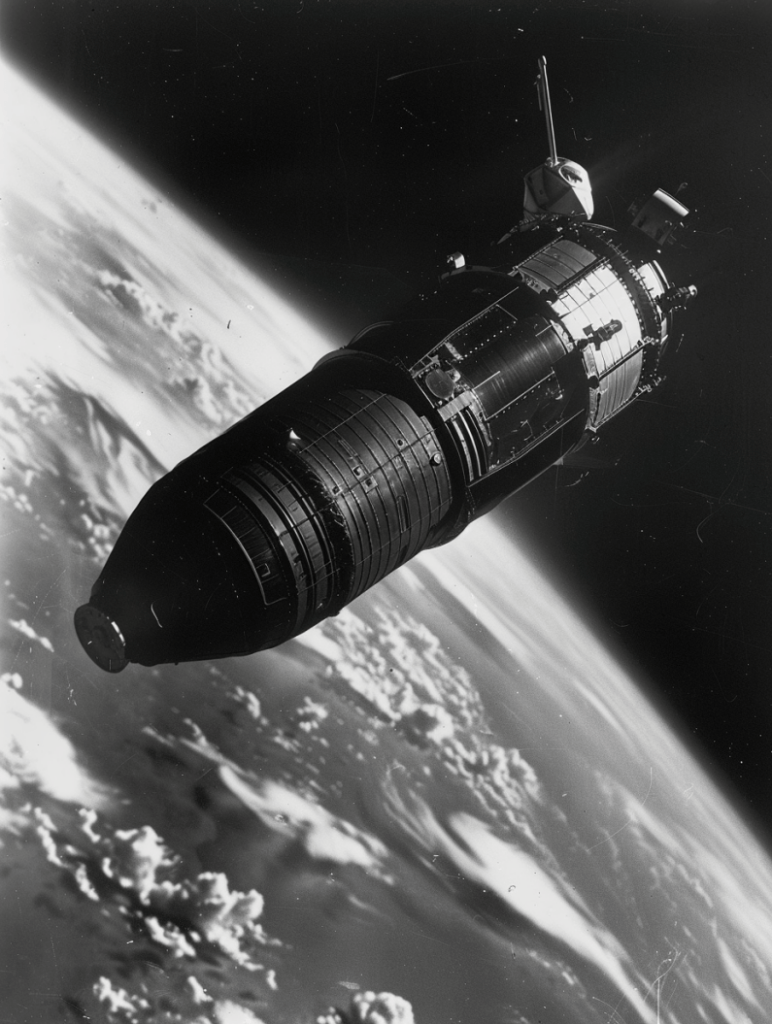On This Day May 5, 1961 the dawn of a new era in human exploration was ushered in on this historic day, as the United States took a giant leap forward in the race for space supremacy. Navy Commander Alan Bartlett Shepard Jr. was propelled into the annals of history, becoming the first American astronaut to venture into the vast expanse of space aboard the Freedom 7 space capsule.
Anticipation hung thick in the air at Cape Canaveral, Florida, as Shepard strapped himself into the compact Mercury capsule, his determination and courage palpable. With the roar of the Redstone rocket, he was hurled upwards, breaching the bounds of Earth’s atmosphere and achieving a suborbital flight that reached an altitude of 116 miles.
For 15 minutes, Shepard experienced the weightlessness of space and the awe-inspiring sight of the curvature of the Earth against the inky blackness of the cosmos. His journey, though brief, marked a pivotal moment in the Cold War-era space race, as the United States answered the challenge laid down by the Soviet Union’s successful launch of Sputnik and the orbital flight of Yuri Gagarin just a month earlier.
Upon his safe return and splashdown in the Atlantic Ocean, Shepard was hailed as a national hero, his feat igniting a surge of patriotism and renewed confidence in America’s technological prowess. His historic mission paved the way for the Mercury program’s subsequent manned flights, culminating in John Glenn’s orbital mission the following year and setting the stage for the monumental achievements of the Apollo program and the eventual moon landings.
Shepard’s courageous voyage not only captured the imagination of a nation but also propelled humanity’s journey into the final frontier, inspiring generations of explorers and scientists to push the boundaries of what was once thought impossible.
